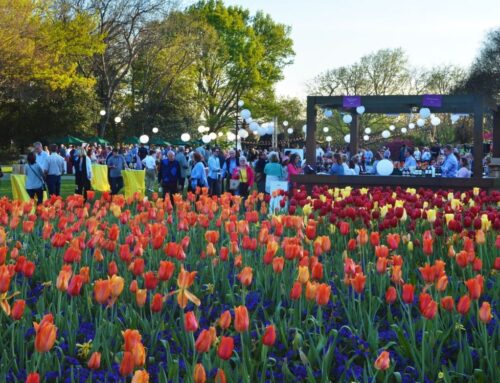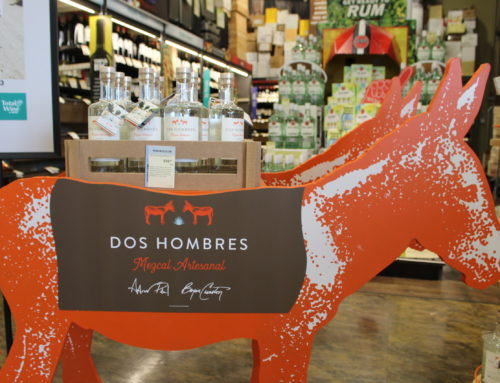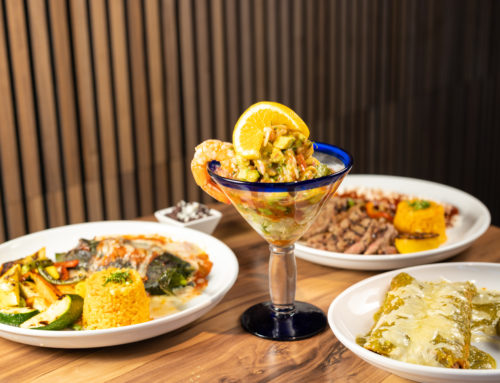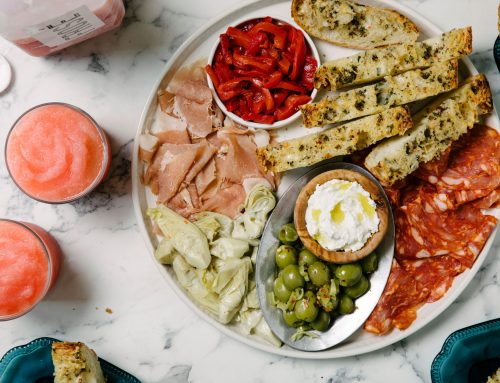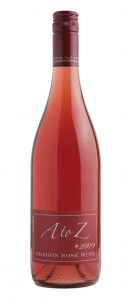 Welcome to the eighth annual Advocate rosé column, where our motto is: If it’s summer and you have $10, you can buy a pretty good rosé — and sometimes even get change back.
Welcome to the eighth annual Advocate rosé column, where our motto is: If it’s summer and you have $10, you can buy a pretty good rosé — and sometimes even get change back.
The quality of rosé has improved dramatically since I started the annual rosé column. I don’t know that I have actually tasted a poorly made rosé in the past couple of years. Some of them have been too expensive, but that’s another story.
The most important thing to know about rosé is that it isn’t white zinfandel (or white merlot or whatever); rosés are pink wines made with red grapes, and they aren’t sweet. Why are they pink? Because the red grape skins are left in the fermenting grape juice just long enough to color the wine. That’s how all wine gets its color, in fact. White wine is white because the skins aren’t used to color the wine.
Rosés’ fruit flavors are mostly red berries (think strawberry or cranberry). They should be served chilled, and they pair with pretty much any food, including beef and barbecue. Rosé was made for Sunday afternoon, sitting on the back porch, rosé in hand, and burgers on the grill.
A note on vintages: Look for 2009, and be wary of anything dated much earlier than 2008. Rosés are not made to age, and they should be fresh and flavorful. The color in older vintages starts to fade, like paper that yellows.
Rosé styles vary by country. Spanish wines are going to be bone dry with less fruit flavor. French and South American rosés are a little more fruity, while U.S. rosés are the most fruity of all. Some U.S. wines are so full of strawberry flavor that they might even seem sweet. Any of the following (and this is far from a complete list) are well worth trying; you can find them all at Central Market:
• Ménage à Trois Rosé 2009 ($10): Yes, the name is silly, but the quality of the wine makes up for it. This is the rosé for people who want to try something other than white zinfandel. It’s not sweet, but as noted above, it’s so fruity that there is a suggestion of sweetness.
• Yalumba Sangiovese Rosé 2009 ($13): Australia isn’t much known for rosés, but this wine shows that it should be. The Yalumba is more like a Spanish rosé, with very little fruit and lots of minerality. Plus, using sangiovese gives it an interesting little something that many other rosés don’t have. Highly recommended.
• A to Z Wineworks Rosé 2008 ($10): Also made with sangiovese, but with more fruit (cranberry?) and not quite as much minerality as the Yalumba. This is a style of rosé for people who say they don’t like rosé because it’s too fruity.
The quality of rosé has improved dramatically since I started the annual rosé column. I don’t know that I have actually tasted a poorly made rosé in the past couple of years. Some of them have been too expensive, but that’s another story.The most important thing to know about rosé is that it isn’t white zinfandel (or white merlot or whatever); rosés are pink wines made with red grapes, and they aren’t sweet. Why are they pink? Because the red grape skins are left in the fermenting grape juice just long enough to color the wine. That’s how all wine gets its color, in fact. White wine is white because the skins aren’t used to color the wine.Rosés’ fruit flavors are mostly red berries (think strawberry or cranberry). They should be served chilled, and they pair with pretty much any food, including beef and barbecue. Rosé was made for Sunday afternoon, sitting on the back porch, rosé in hand, and burgers on the grill.A note on vintages: Look for 2009, and be wary of anything dated much earlier than 2008. Rosés are not made to age, and they should be fresh and flavorful. The color in older vintages starts to fade, like paper that yellows.Rosé styles vary by country. Spanish wines are going to be bone dry with less fruit flavor. French and South American rosés are a little more fruity, while U.S. rosés are the most fruity of all. Some U.S. wines are so full of strawberry flavor that they might even seem sweet. Any of the following (and this is far from a complete list) are well worth trying; you can find them all at Central Market:• Ménage à Trois Rosé 2009 ($10):• Yalumba Sangiovese Rosé 2009 ($13):• A to Z Wineworks Rosé 2008 ($10):
 Welcome to the eighth annual Advocate rosé column, where our motto is: If it’s summer and you have $10, you can buy a pretty good rosé — and sometimes even get change back.
Welcome to the eighth annual Advocate rosé column, where our motto is: If it’s summer and you have $10, you can buy a pretty good rosé — and sometimes even get change back.
